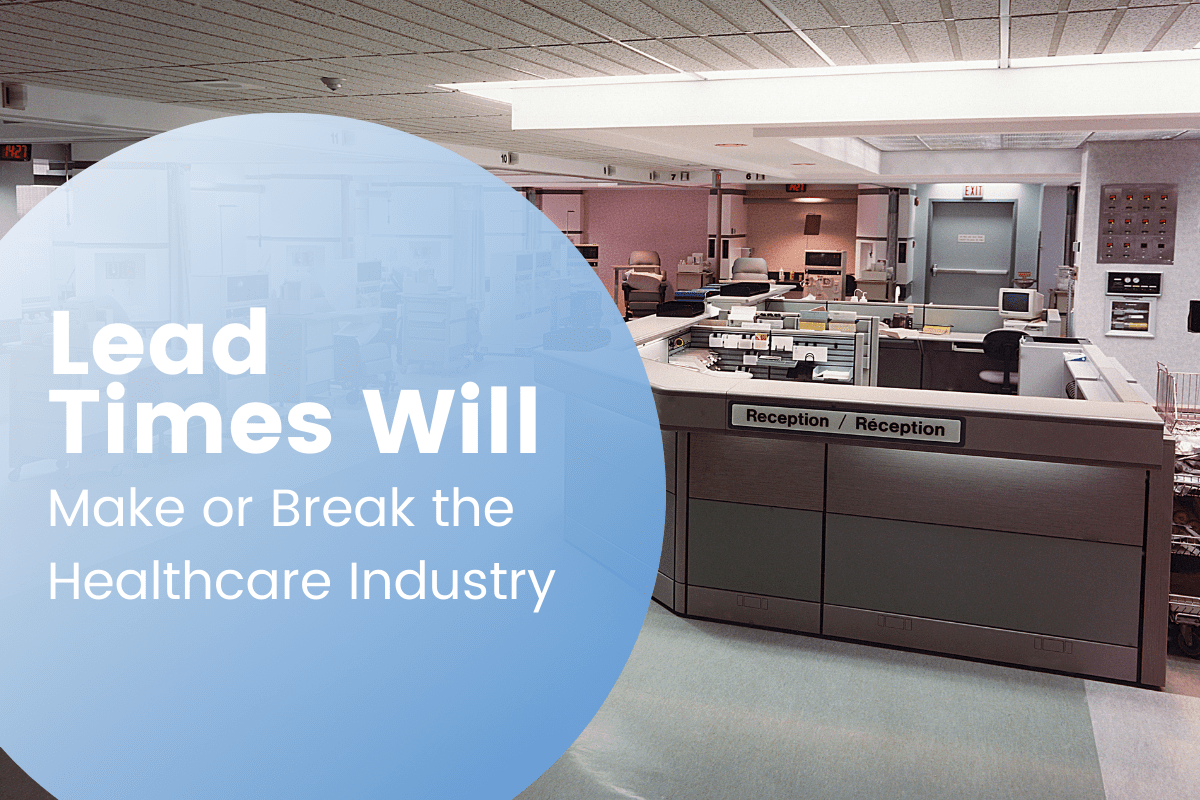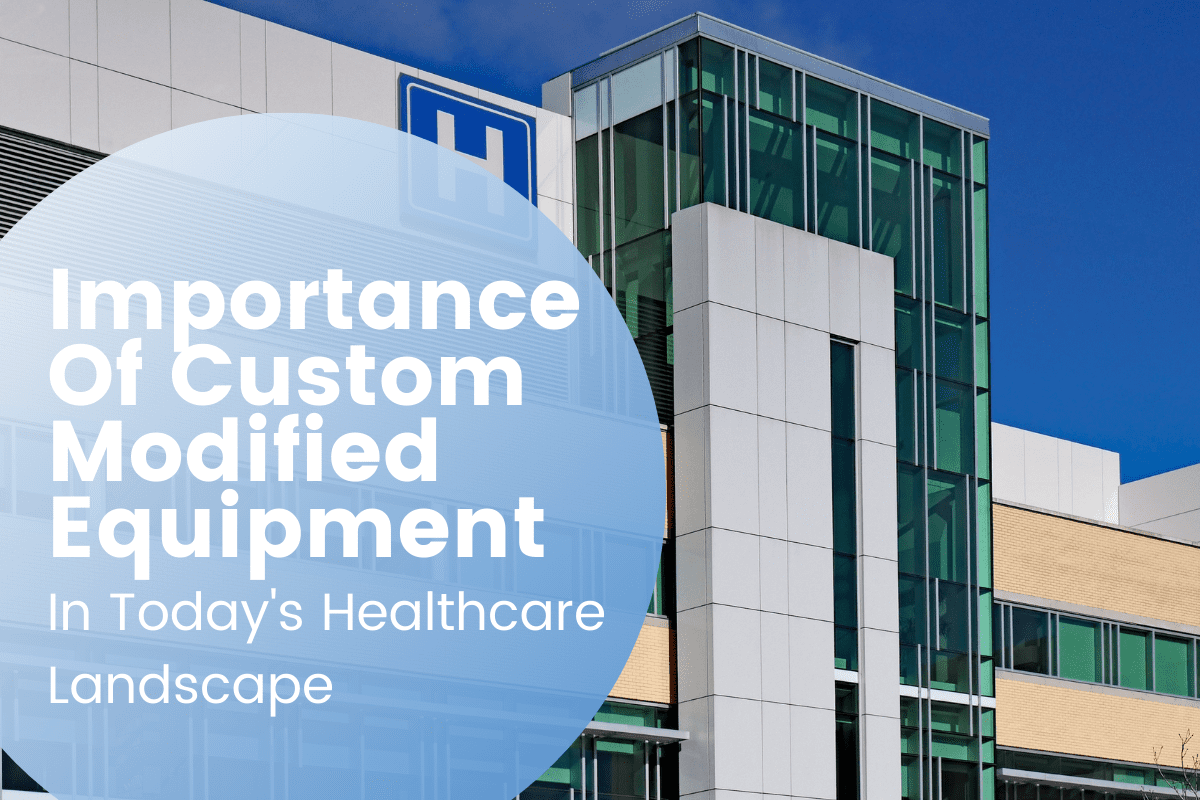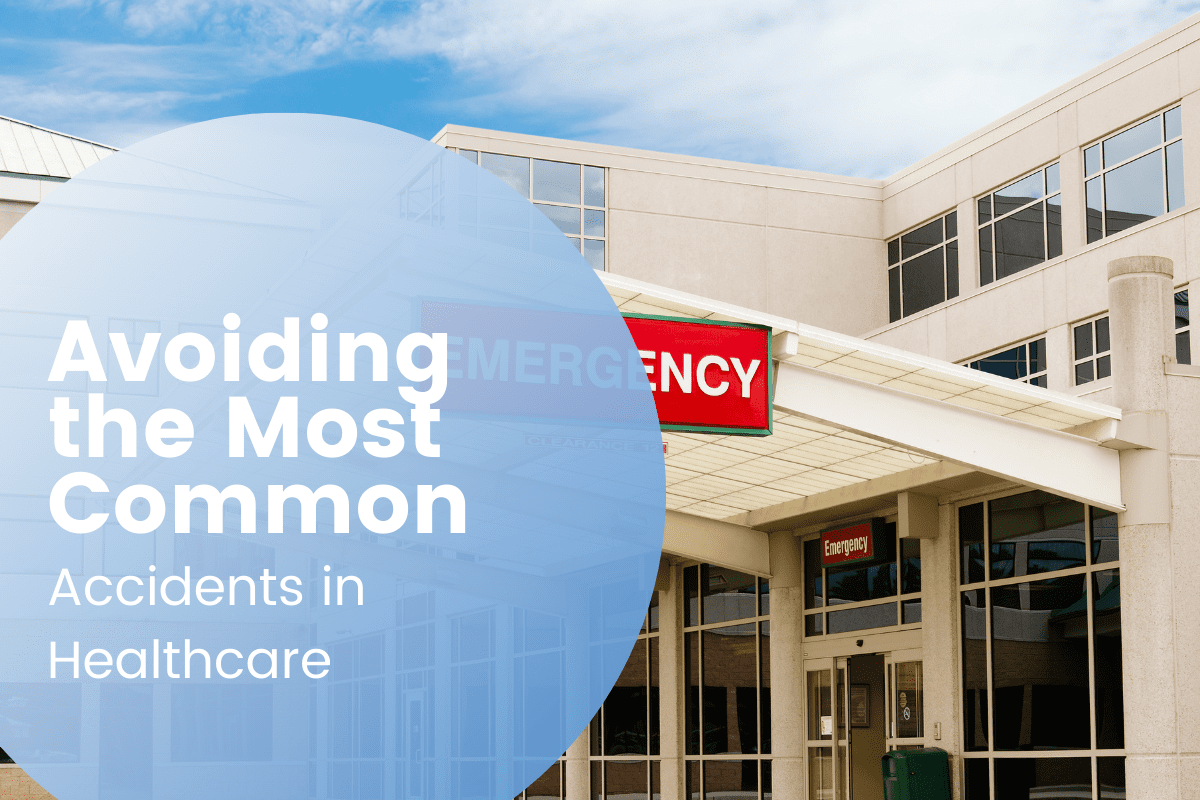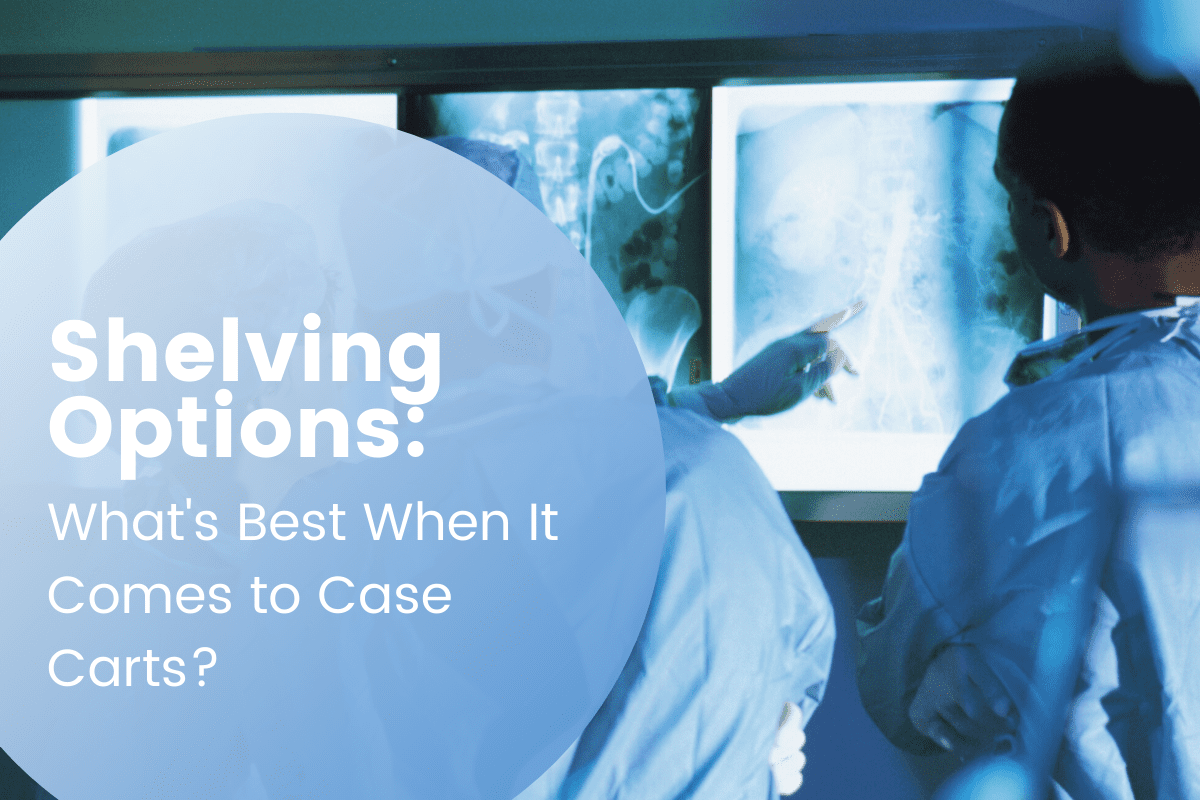
Organization: a common issue that many hospitals have.
Healthcare facilities are huge and making sure that everything runs smoothly can be quite challenging, but having the right equipment can make a big difference in ensuring that routine tasks can be executed effortlessly. The Preciso Medical Cart line from Lakeside gives you everything you need to make sure that your healthcare facility can stay organized and perform daily tasks more efficiently.
Preciso medical carts are much more than just an average cart you’d find in any hospital, it’s a complete hospital-wide lean replenishment system for supply handling and logistics. The Preciso line comes in all different sizes but each model has special features that can integrate together to create the perfect storage and supply system. The Preciso medical carts are designed specifically to save your staff time organizing and handling supplies, so that they can spend their time with what matters the most, patients.
Here are just some of the innovative features that make the Preciso carts one of a kind:
Removable Storage Compartments
The entire line of Preciso carts in built to accommodate the removable storage compartments as this is the most prominent aspect of the innovative carts. The Preciso Logistics Supply Carts are the perfect home base for all of your supplies, and work with drawers, doors, bins, and trays. These compartments are interchangeable and fit into all of the Preciso Medical Carts so that extra time isn’t wasted finding the right supplies and loading up a cart to move them around. Instead the central supply station can be pre-filled with all of the supplies that you may need, and when it’s time to refill or switch out the contents, it’s as easy as swapping out the trays and you’re on your way. All of the Preciso carts are designed to accommodate multiple sized shelves and drawers so that you can bring along any supplies you may need.
Color ID Tags and Label Holders
At first it might seem like this could get disorganized, but the Preciso line comes with color ID tags and label holders on the drawers so you know exactly what supplies you are grabbing to transport around the facility. Additionally, the color ID tags can be customized so that they work with your facility’s color already existing color organization scheme.
Extendable Side Shelf
The Preciso medical carts come equipped with a handy extendable side shelf. This side shelf is a great solution if you find that you could use extra worksurface without having to give up space for bulky tables or other pieces of equipment. Some Preciso carts also come with a lateral computer drawer for a great space area using a laptop, and even has a spot for your mouse. The Preciso carts can be your office away from your office and function throughout the facility.
Plastic and Aluminum Hybrid Construction
Preciso medical carts are constructed with a hybrid of aluminum and plastic to ensure great durability while also providing a lightweight, maneuverable cart.
ABS Plastic Top
All of the carts in the Preciso family have a molded ABS plastic top and base. The ABS plastic material makes the carts super easy to sanitize and adds extra worksurface on the top of the cart.
Dual Wheel Non-Marking Casters
These premium 5” casters are double wheeled which ensures stability while transporting supplies in the carts. The casters are also non-marking and anti-thread so that the carts won’t leave an unpleasant trail even when completely loaded up with supplies. Two of the casters are locking to make sure that your cart stays where it needs to be in storage or when in use.
Other Accessories
Preciso medical carts also come with a ton of available accessories so that you can customize the cart to make it an even better fit for your facility. The Preciso medical carts can function in many different parts of a hospital and with the robust customization options and quick turnaround of contents they can do many jobs in one day.
The Preciso line for logistics and supply handling offers the ultimate flexibility as well as versatility in your facility. There is so many different ways to use these innovative carts that support lean principles and efficient operations. The Preciso system can help staff save tons of time that is usually spent loading up supplies as well as cleaning and disinfecting. With Preciso, clean supplies can already be stored in drawers that then just have to be switched from the central supply hub into a medical cart and then no time is wasted before the supplies are on their way where they need to be. The Preciso carts also have an attractive, modern design and come in many different natural colors to ensure that they will look just as good as they work in your hospital.
If you think that your healthcare facility is wasting precious time with too many trips back and forth from a central supply area, Preciso is the answer for you. Check out all the different types of Preciso carts and this video showing off some of the innovative features of the line. Get in touch with us and let’s figure out how Preciso can help your facility save time and improve its flexibility!








